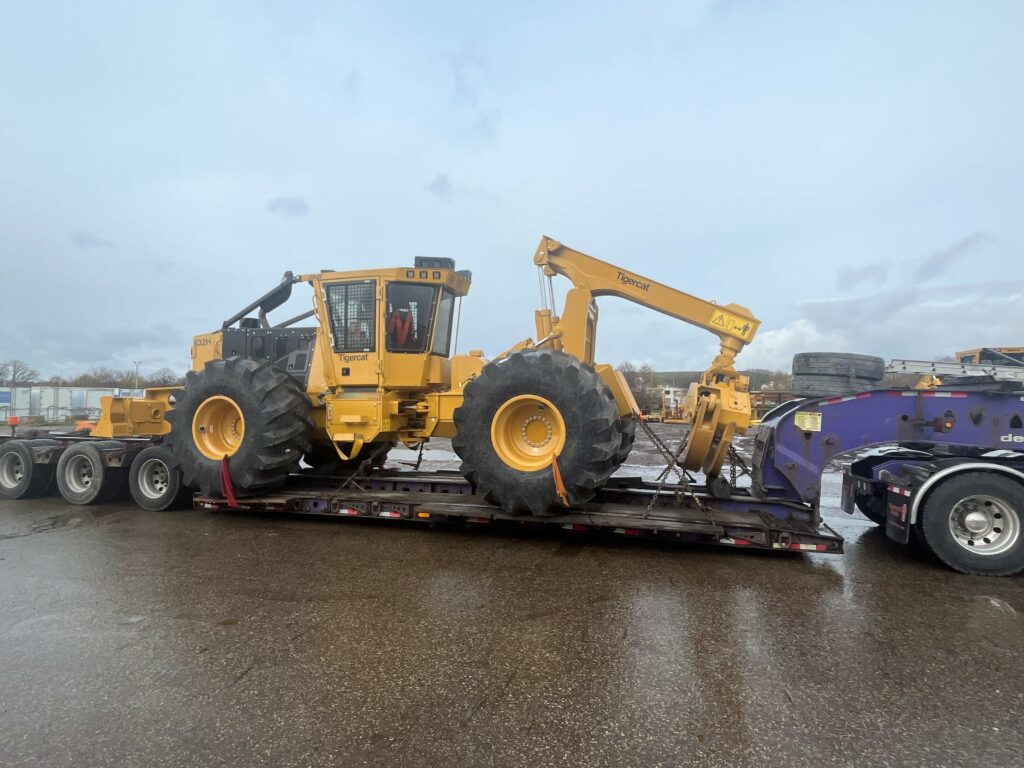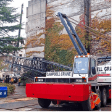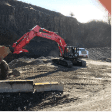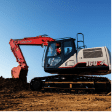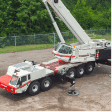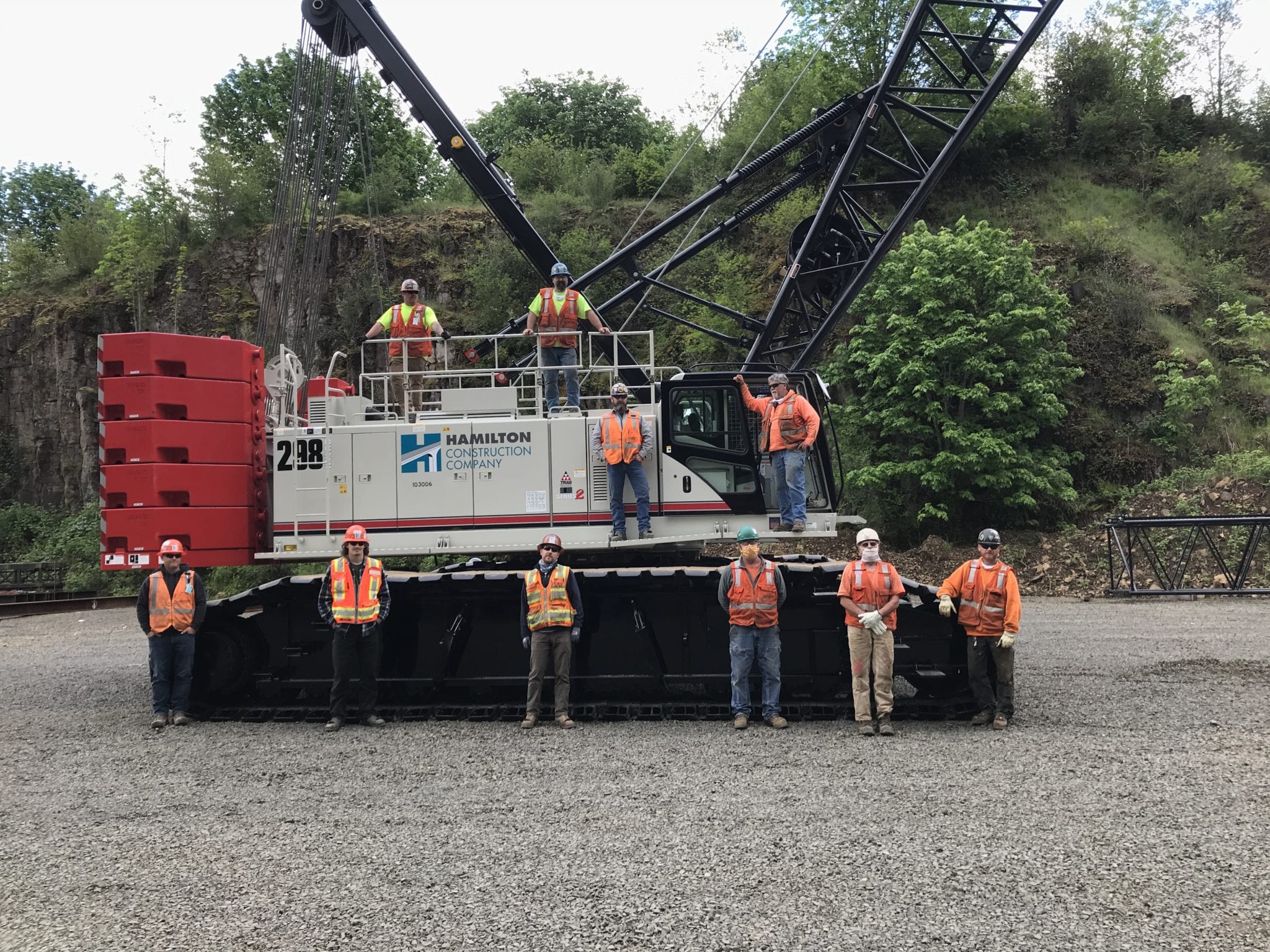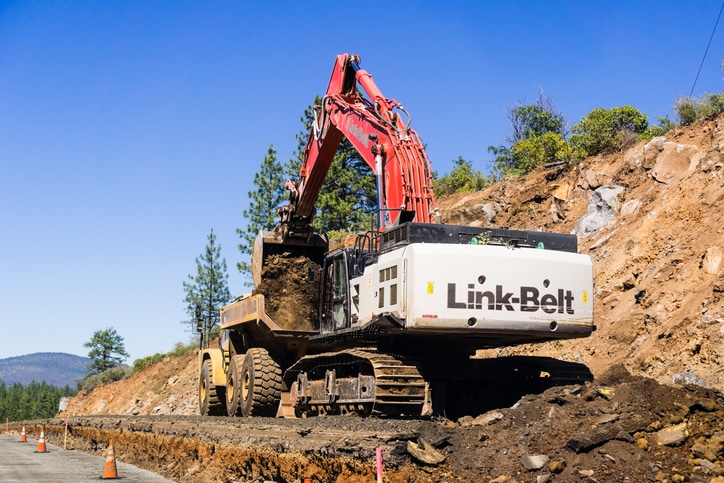Heavy haul transportation is one of the lifebloods of the American economy- Our country relies on transportation for many important services. But while the industrial transportation industry is vital, it can also be inherently dangerous, which is why safety measures are of the utmost importance. In this month’s Safety Corner, we’re reviewing policies and procedures for trailer safety, so that your long haul gets to the destination safely.
Trailer Towing FYI:
If you are towing a trailer and the combined weight exceeds 26,000 GCWR (gross combined weight rating), and whatever you are towing has a GVWR of more than 10,000 pounds, you need a Class A CDL. If you are driving a single vehicle / truck, you’ll need a Class B CDL if the GVWR is greater than 26,000 pounds. If you are using a truck to tow a trailer, you’ll still need a Class B CDL, even if the trailer is rated less than 10,000 pounds GVWR.
Trailer Towing Safety Equipment Checklist:
– Trailer hitch- Ensure it has safety chains connected
-Braking system—Electronically Controlled Brakes (automatic and manually controlled)
-Wiring harness system (Running Lights, Stop Lights, Turn Signals, Flashers)
-Equipment tie down straps / chains (make sure load is secure)
-Are your straps loose or chains sagging?
– Load weight distribution (balanced front / back and side to side)?
-Check Rear Lights, Reflectors, Wheel Fenders, Safety Chains, Mudguards, and Mirrors
Any of these pieces of equipment not functioning properly can cause hazardous driving conditions (and trigger a red flag for the police)
More Trailer Tips:
-Know the weight of what you are loading and the limit of your vehicle
– Always ensure your safety latch is locked in place
-Check straps and or chains to ensure your load is secured
-Always do a 360 degree walk around your vehicle and trailer before driving
For more Safety Corner content, head over to the Triad Machinery blog!

